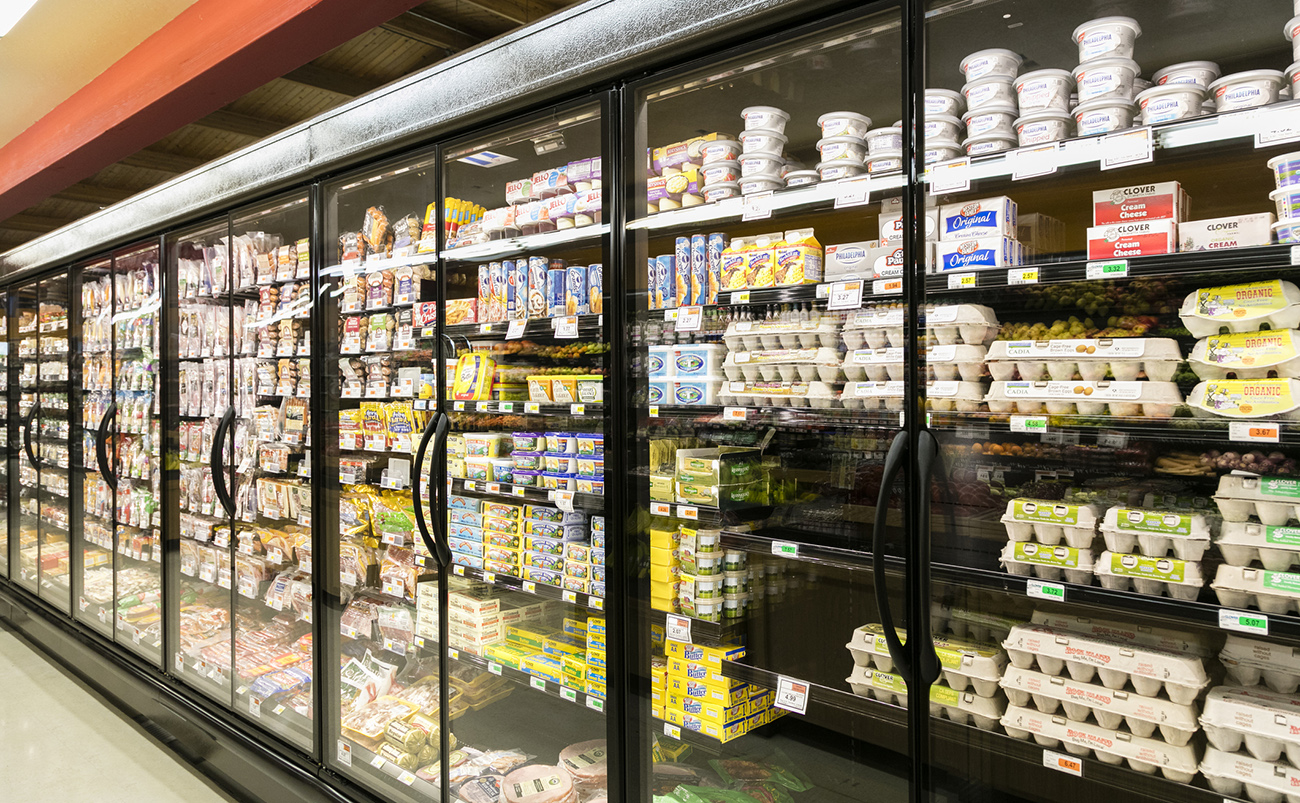Clean Label: What Consumers Want, What Processors Can Do
Efforts to formulate packaged foods and beverages with consumer-friendly ingredients continues to grow globally and influences all segments of the packaged foods industry. The “clean label phenomenon” has evolved from a trend to an established classification for both consumers and food processors alike. The definition itself has changed dramatically over the past several years, as well.

According to Mindy Hermann, MBA, RDN, Innova Market Insights, clean label used to mean “organic,” “natural,” “no additives,” “vegan,” and “free from preservatives.”
However, Hermann said, in a 2019 Clean Label Conference presentation, the classification of clean label has become more well-defined. It has expanded to include, along with the above-mentioned attributes, minimally processed, dairy alternatives, meat substitutes, and sugar/salt/fat reformulations.
Innova’s database contains 130 million records. Over 500,000 products from 90 countries are added each year. “Today, human and animal welfare, supply chain transparency, sustainably sourced, and plant-based nutrition are top contenders that define this space,” suggested Hermann. Ethical claims, including animal and environmental, also are rising in importance, and plant-based claims are up 68% from 2014 to 2019.
In fact, Hermann stated, emerging claims now include natural, gluten-free, BPA-free, and non-GMO. “Consumers consider ’gluten-free’ to be a clean claim; ‘BPA-free’ is a clean claim in the environmental space,” said Hermann.
Where is Clean Label on the Rise?
Six market categories accounted for greater than 50% of new Food & Beverage launches with clean label claims in 2018, according to Hermann. Sauces & seasonings, bakery, soft drinks, snacks, dairy, and ready meals & side dishes together make up 53.4% of new F&B claims for that period. (See chart, “Categories as a % of New Clean Label F&B Launches–Global 2018.”)

Health is the biggest driver behind consumer purchases of alternatives to bread, meat, or dairy. Innova’s data reveals that dairy-free is growing at 18% per year, and meat substitutes at about 17% per year. “The plant-based marketplace shows no sign of slowing down,” Hermann said.
It’s also important to consider consumers’ generational/demographic differences. Environmental, social, and ethical factors are more important to Gen Z, with some 50% concerned about sustainability issues. Herman also said one in two Millennials care about the environmental impact of the foods they purchase; Gen X cites waste and pollution as concerns (58%); and Baby Boomers (43%) care most about food waste and redistribution. Animal welfare concern is also increasing; Innova reports a 21% increase in annualized growth over the past five years. This gives rise to more “grass fed” or “no antibiotics used” claims.
Clean Label 2020 and Beyond
The growth of clean label can be seen globally and, in fact, has become the new normal for a majority of consumers in many countries. Philippe Rousset, Ph.D., Global Clean Label Strategic Network Leader at the Nestlé Product Technology Center, in Orbe, Switzerland, noted in his 2020 Clean Label Conference presentation, clean label used to correspond to the request for products made with fewer and more familiar ingredients.
Consumers, Rousset said, have begun to look in more detail at product labels and are more concerned about long lists of ingredients whose names are unfamiliar to them. “The emergence of ‘food shopping’ smartphone apps, like Yuka or EWG, has allowed them to very easily know which ingredients are undesirable with a quick product barcode scan,” he explained. Consumers desire “more naturality, more transparency in the manufacturing process,” as well as in the origin and sustainability of the ingredients, he added.
“Simple” Ingredients, Complex Processing
The concept of creating “simple” clean label products is one thing. In reality, the processes needed to create those products is not at all simple. This is especially true when an entire Food & Beverage portfolio of existing products is considered. Customers expect clean products to conform to a company’s brand in sensory profile, cost, functionality, and shelflife—but they need to be produced with traceable, sustainably sourced, and recognizable ingredients.
The increase in consumer demand for clean label F&B has caused the entire industry to develop or complete clean label offerings. From grocery chains to food manufacturers to ingredient suppliers and restaurants, the number of clean label launches has doubled in the last five years and is expected to continue growing at a fast pace, stated Rousset.
Retailers have developed “negative lists” which contain so-called “forbidden ingredients” for a range of products that might be on their private labels. Grocery giant Kroger, for example, has strict requirements for its line of natural, organic Simple Truth® private label, with more than 100 undesirable ingredients listed.
Rousset noted that food manufacturers, in a similar and more limited way, have committed to move toward cleaner label products. In this category, he said, “there are a lot of small players that have started fully clean from the beginning.”
As a result of rising demand for clean label, it has inevitably made its way down to ingredient suppliers’ level. “Ingredient suppliers have started to develop a range of clean label ingredients and additives with the functionality needed to replace existing artificial additives,” said Rousset.
Conclusion
The evolution of the clean label trend is more than shifting definitions. The growth of the concept spans different demographics—all of whom have their own concerns and specific nutrition/food purchasing needs. Food processors would do well to examine consumer drivers and address the varied food formulation challenges when contemplating a shift to clean label formulation.
- Category:
- Industry
- Construction
- Food and Beverage
Some opinions expressed in this article may be those of a contributing author and not necessarily Gray.
Related News & Insights
Food and Beverage
What's Driving the Growth of the Protein Segment?
Industry, Opinion
October 31, 2025Distribution
How Reliant Is the U.S. on Global Supply Chains?
Industry
September 17, 2025Construction
Strategic Use of Technology Key to Improved Construction Worker Safety
Industry
August 28, 2025